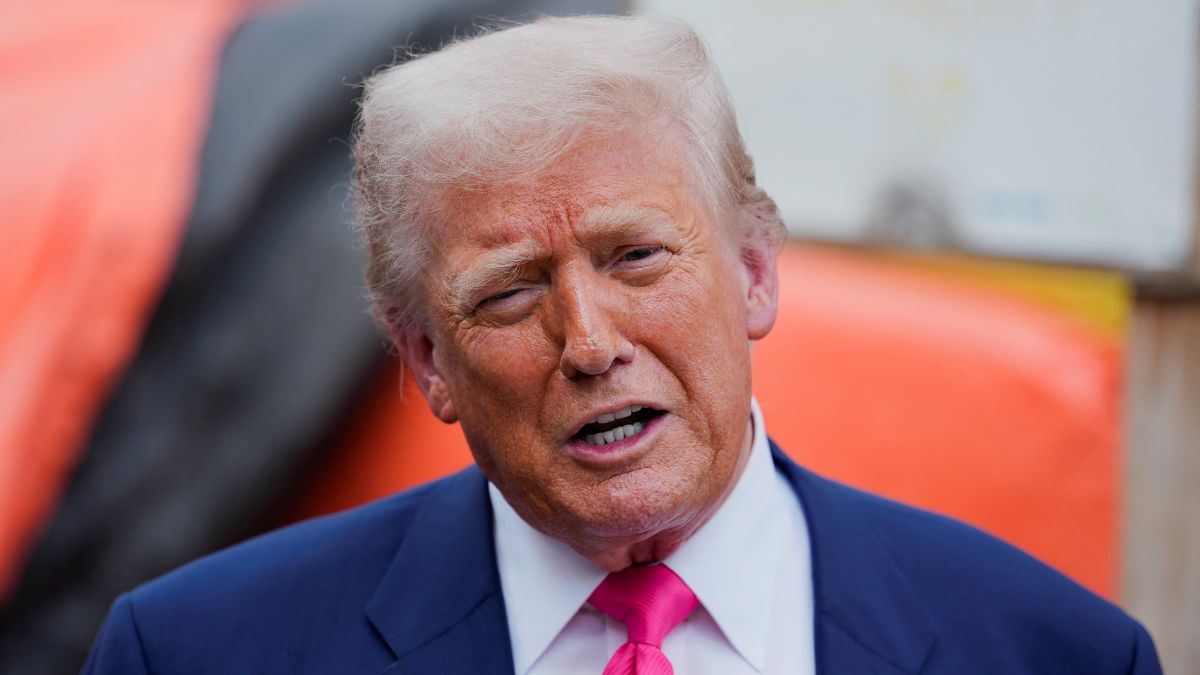US President Donald Trump and European Commission President Ursula von der Leyen have agreed on a new trade deal.
The result? A 15 per cent tariffs on most European goods entering the United States.
The agreement heads off Trump’s threat to impose a much steeper 30 per cent tariff if no deal had been reached by August 1.
But what happened? What do we know?
Let’s take a closer look:
What we know
The new tariffs – which are essentially taxes on imports – are likely to raise prices for American buyers on everything from European cars to computer chips and pharmaceuticals.
They also mean tighter profit margins for European companies and US businesses that rely on European products.
Trump and von der Leyen announced the deal during Trump’s visit to one of his golf courses in Scotland. But while the broad terms are now public, many of the details still need to be worked out.
About 70 per cent of goods imported from Europe will now face a 15 per cent tariff.
That’s lower than the 20 per cent Trump originally proposed, and much less than the 50 per cent and 30 per cent rates he had previously threatened. The remaining 30 per cent of goods are still being negotiated.
Some key products – including aircraft, aircraft parts, certain chemicals, semiconductor equipment, a few agricultural goods, and critical raw materials – will see zero tariffs. But specifics are still vague.
Von der Leyen said the EU would also buy $750 billion worth of US natural gas, oil, and nuclear fuel over the next three years, as Europe tries to move away from Russian energy. Additionally, European companies are expected to invest $600 billion more in the US, although that’s a political pledge, not a legally binding contract.
No formal agreement
For now, there’s no legal document. Officials say a joint statement outlining the deal will be released soon, but it won’t be binding. Some commitments will be specific, others will need to be hammered out later.
The EU says its zero-tariff list will include items like nuts, pet food, dairy products, and seafood.
One major point of contention remains: Trump’s 50 per cent tariff on imported steel is staying put. The two sides have agreed to keep negotiating on steel-related issues like overproduction, import quotas, and potential future tariff reductions.
Pharmaceuticals were notably left out of this agreement. Von der Leyen said they’re being handled separately. She also said some agricultural tariffs couldn’t be reduced but didn’t go into detail.
Von der Leyen described the 15 per cent tariff as “the best we could do,” saying it gives companies stability and keeps the US market open for European businesses.
The reaction in Europe has been mixed. German Chancellor Friedrich Merz welcomed the deal, saying it helped avoid a trade war and protected key European interests. But French officials were more critical. Strategy Commissioner Clément Beaune called the deal “unequal and unbalanced,” arguing that Europe didn’t use its full economic strength.
Carsten Brzeski, global chief economist at ING, said the biggest issue is that there’s “nothing on paper yet.” Still, he noted that the deal helps avoid a damaging escalation in US-EU trade tensions, which would have been a major risk to the global economy.
European automakers are bracing for the impact. Volkswagen said earlier this year that US tariffs had already cost them €1.3 billion (around $1.5 billion) in profits. Mercedes-Benz is keeping 2025 prices steady “for now” in the US, but expects significant price hikes in the future. The company builds about a third of its US-sold cars in Alabama, giving it some protection.
Von der Leyen noted that the new 15 per cent rate is much better than the 27.5 per cent total some European cars were facing under Trump’s prior tariffs.
The US-EU relationship
Before Trump’s return to office, trade between the US and EU was relatively smooth, with low tariffs on both sides. Together, the two account for 44 per cent of the global economy and trade about $2 trillion a year.
The US had been averaging a 1.47 per cent tariff on European goods, and the EU was at 1.35 per cent for American products. But Trump has repeatedly pointed to the EU’s €198 billion ($232.5 billion) goods trade surplus – meaning Europe sells more to the US than it buys – as evidence that the relationship needs rebalancing.
However, services like cloud computing, finance, and travel help American firms make up for that trade gap. And roughly 30 per cent of European imports are actually coming from US-owned companies operating in Europe.
)